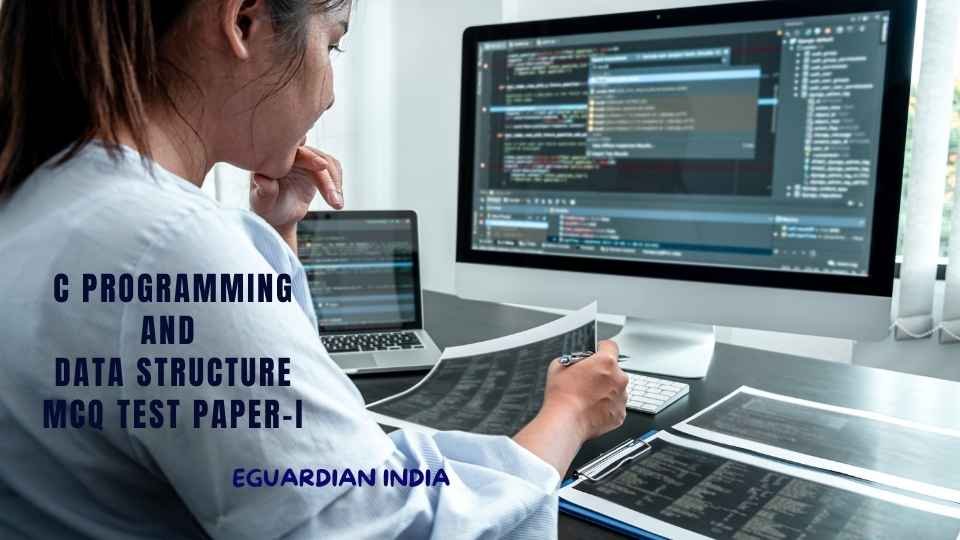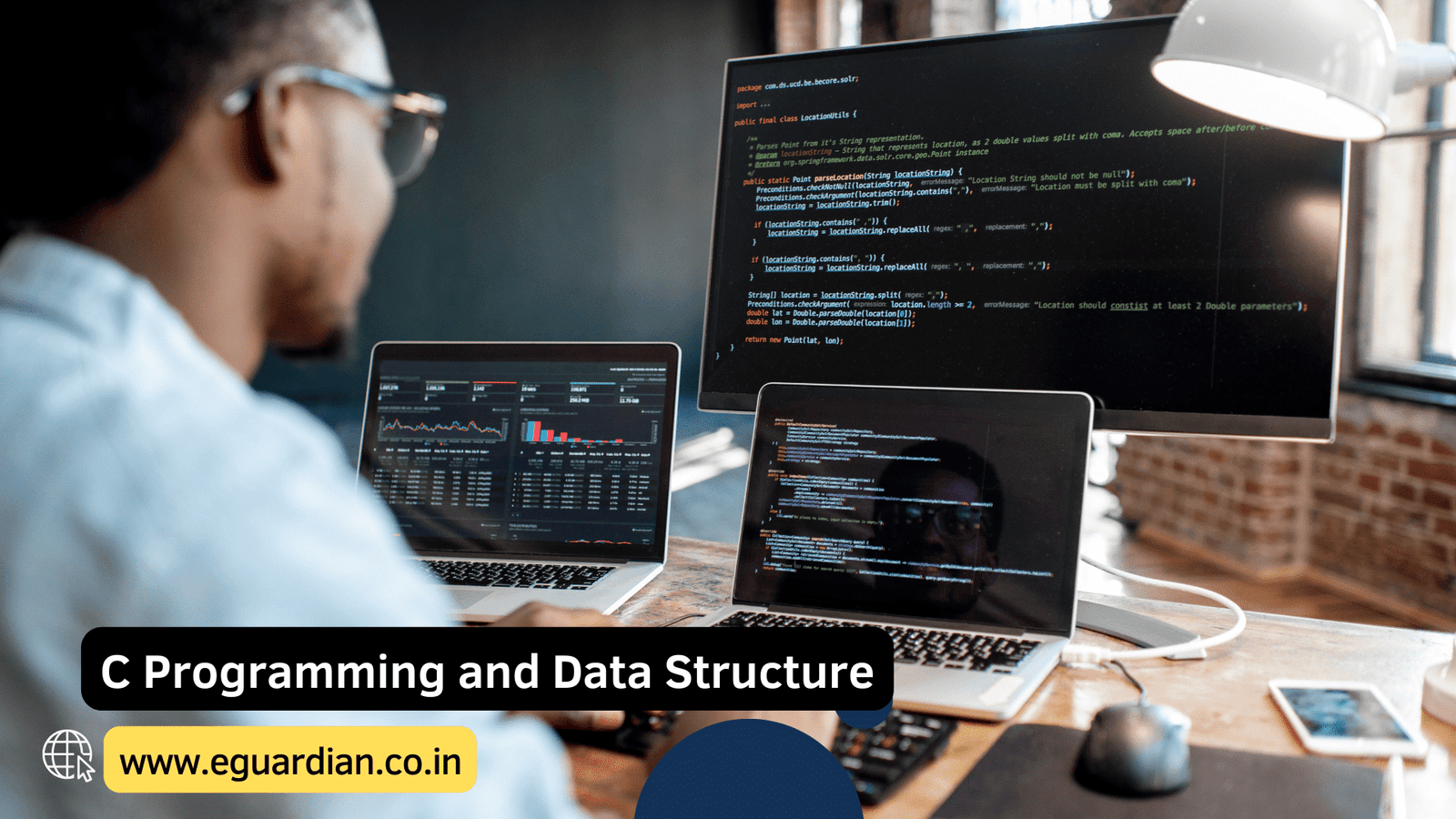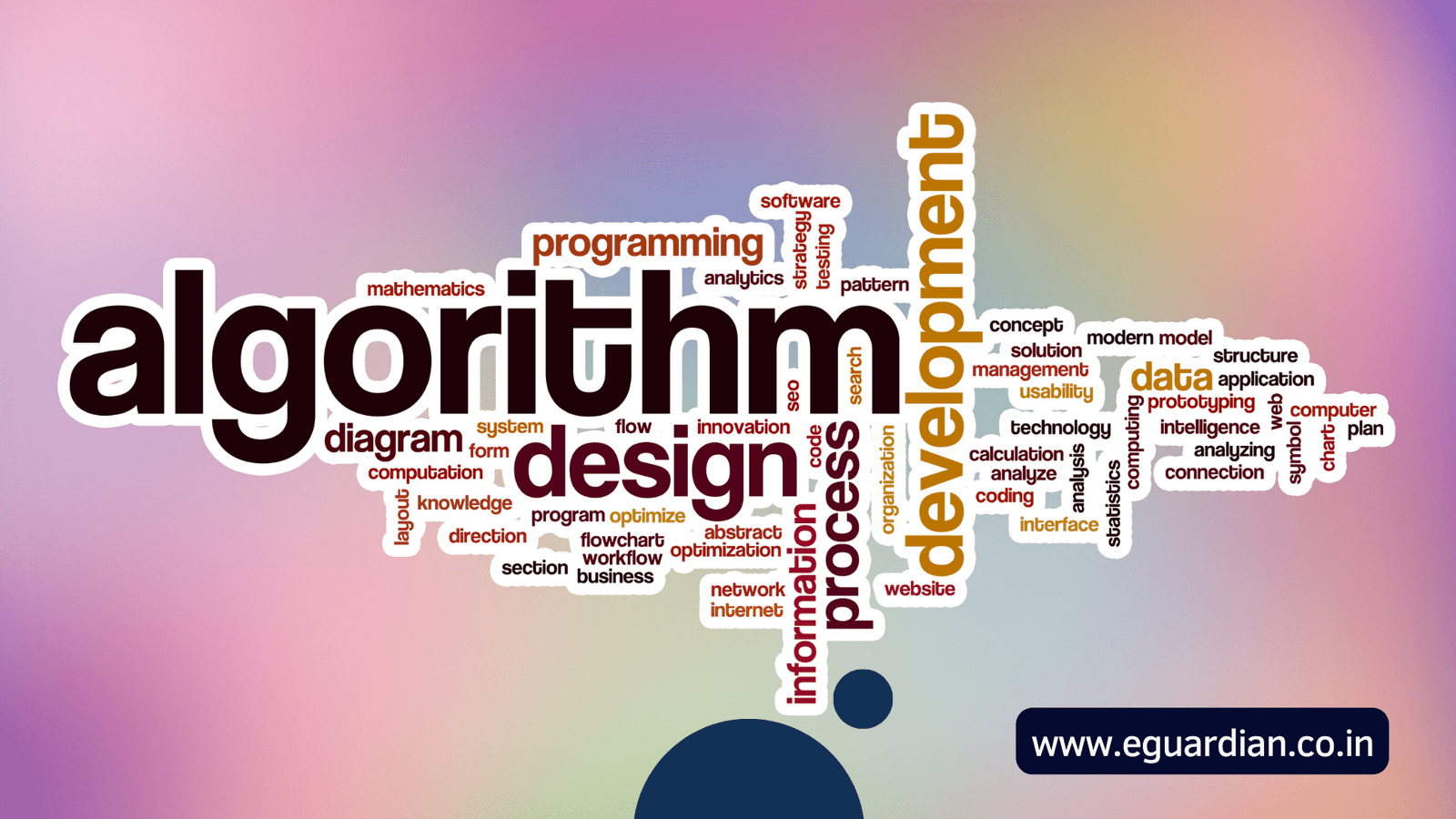Artificial intelligence means that we put human thinking power, emotions or say human conscience in the machine. Simply put, Artificial Intelligence is a technique under which robots can think like humans in any situation and make decisions accordingly.
Artificial intelligence MCQs with Answers : Model Test Paper – I
1. The food for intelligence is ___.
Ans. knowledge
2. Knowledge comes from processed information which at the root level comes from the ___.
Ans. data
3. Ultimate Goal of AI is ___.
Ans. To develop working computer systems that are truly capable of performing some tasks that require a high level of intelligence.
4. Name the Modern Founders of AI.
Ans. Some of the modern founders of AI are:
• Alan Turing (“Computing Machinery and Intelligence”; Turing test)
• McCulloch & Pitts (neural nets)
• Norbert Wiener (cybernetics)
• John von Neumann (game theory)
• Claude Shannon (information theory)
• Newell & Simon (The Logic Theorist)
5. What does the first Principle of AI say?
Ans. The First Principle of AI says that Bounded Rationality Implies Opportunistic Search.
6. State space search is a process used in the field of ___ in which successive configurations or states of an instance are considered, with the goal of finding a goal state with the desired property.
Ans. artificial intelligence (AI)
7. A ___ is a computer program typically used to provide some form of artificial intelligence, which consists primarily of a set of rules about behaviour.
Ans. production system (or production rule system)
8. ___ is a rule of thumb or judgmental technique that leads to a solution some of the time but provides no guarantee of success.
Ans. Heuristic
9. ___ search always finds the goal and is preferred over the breadth-first search when the search tree is known to have a plentiful number of goals, further it requires less memory as space complexity is O(d) compared to O(bd) of breadth-first search.
Ans. Depth-First
10. Time Complexity of Breadth-First Search is ___.
Ans. O(bd)
11. The Generate-and-Test strategy is the simplest of all the approaches and is basically a ___ search as complete solutions must be created before testing.
Ans. depth-first
12. Best First Search is a combination of ___ searches.
Ans. depth-first and breadth-first
13. ___ or gradient search is a useful variation on simple hill-climbing which considers all the moves from the current state and selects the best one as the next one.
Ans. Steepest-ascent hill climbing
14. ___ is a kind of best-first search where the cost function f(n) = g(n) + h'(n), the actual cost of the path so far (g(n)), plus the estimated cost of the path from the current node to the goal (h'(n)).
Ans. A*
15. Drawbacks of Hill Climbing Technique are ___.
Ans. Local Maxima, Plateau and Ridges
16. Solution for the drawbacks (Local Maxima, Plateau and Ridges) are ___.
Ans. backtracking, making big jumps (to handle plateaus or poor local maxima) and applying multiple rules before testing (helps with ridges).
17. The fundamental goal of knowledge representation is to represent ___.
Ans. knowledge in a manner as to facilitate inferencing (i.e. drawing conclusions) from knowledge
18. The time complexity of the Depth-First search is ___.
Ans. O(bd)
19. A Production System consists of ___.
Ans. a set of rules, one or more knowledge/databases, a control strategy and a rule interpreter/applier
20. Humans spend how many portions of their useful lives becoming educated?
Ans. One third
21. ___ is the ability to direct the inferential mechanisms into the most productive directions by storing appropriate guides.
Ans. Inferential Efficiency
22. ___ is the ability to acquire new knowledge using automatic methods wherever possible rather than reliance on human intervention.
Ans. Acquisition Efficiency
23. What are the advantages and disadvantages of predicate logic?
Ans. the truth of a sentence
24. What is the role of logic in artificial intelligence? Support your answer by giving suitable examples.
Ans. universal
25. Construct a truth table for the expression (A ∧ (A ∨ B)). What single term is this expression equivalent to?
Ans. valid
26. Give equivalence laws for the following
(a) Idempotency
(b) Associativity
(c) Commutativity
(d) Distributivity
(e) De Morgan’s laws
(f) Conditional élimination
(g) Bi-conditional élimination
Ans. consistent or satisfiable
27. Transform the following sentences into the conjunctive normal form:
(a) ~(P ∧ Q) ∧ (P ∨ Q)
(b) ~(P∨ ~Q) ∧ (R S)
Ans. P P = P and P P = P
28. Explain Simplification, Conjunction and Transportation in propositional logic by taking suitable examples.
Ans. clause
29. Explain the process of Skolemization. How is this accomplished?. Give suitable examples in support of your answer.
Ans. ground clause
30. Explain the different strategies for the selection of clauses to be resolved.
Ans. Resolution
31. ___ typically represent links between objects according to more rigid rules.
Ans. Strong Slot and Filler Structures
32. ___ are an alternative to predicate logic as a form of knowledge representation.
Ans. Semantic networks
33. ___ is an extension to Semantic nets that overcome a few problems or extend their expression of knowledge.
Ans. Partitioned Semantic Networks
34. Each frame represents ___.
Ans. a class (set), or an instance (an element of a class)
35. Basic idea of ___ is to break the network into spaces that consist of groups of nodes and arcs and regard each space as a node.
Ans. Partitioned Semantic Networks
36. A ___ is a collection of attributes or slots and associated values that describe some real-world entity.
Ans. frame
37. A central issue in knowledge representation is ___.
Ans. retrieval
38. A knowledge representation system will include ways to store ___.
Ans. knowledge, ways to add new knowledge, and ways to query the knowledge
39. ___ is the ability to represent the required knowledge.
Ans. Representational Adequacy
40. ___ is the ability to manipulate the knowledge represented to produce new knowledge corresponding to that inferred from the original.
Ans. Inferential Adequacy
41. The two basic axioms of CD are ___.
Ans.
● For any two sentences that are identical in meaning, regardless of language, there should be only one representation.
● Any information in a sentence that is implicit must be made explicit in the representation of the meaning of that sentence.”
42. ___ were developed in the early AI work by Roger Schank, Robert P.
Ans. Scripts
43. A ___is a structure that prescribes a set of circumstances that could be expected to follow on from one another.
Ans. script
44. ___ refers to a transfer of possession – the abstract transfer of possession from one person to another, as in give or a buy.
Ans. ATRANS
45. ___ refers to the transmission of an IDEA – some conceptualization is transmitted from one head to another (or within the same head).
Ans. MTRANS
46. ___ refers to a person taking something outside his or her body: spitting, crying, sweating, etc.
Ans. EXPEL
47. The most important ingredient in any expert system is ___.
Ans. Knowledge
48. ___ attempt to capture the knowledge of a human expert and make it available through a computer system.
Ans. Expert systems
49. ___ is an inference technique that uses IF-THEN rules to repetitively break a goal into smaller sub-goals that are easier to prove.
Ans. Goal-driven reasoning or backward chaining
50. ___ is the way in which the problem-specific data in the system is stored and accessed.
Ans. Data representation
51. ___ is used to reason with both the expert knowledge (extracted from our friendly expert) and data specific to the particular problem being solved.
Ans. Inference engine
52. A later version of Mycin called ___ attempted to deal with these by having an explicit disease taxonomy (represented as a frame system) to represent facts about different kinds of diseases.
Ans. NEOMYCIN
53. Research conducted at the Stanford Medical School found MYCIN to propose an acceptable therapy in about ___ % of cases, which was better than the performance of infectious disease experts who were judged using the same criteria.
Ans. 69
54. ___ primary aim was to help organic chemists in identifying unknown organic molecules, by analyzing their mass spectra and using knowledge of chemistry.
Ans. Dendral
55. ___, though pioneering much expert system research, also had a number of problems that were remedied in later, more sophisticated architectures. One of these was that the rules often mixed domain knowledge, problem-solving knowledge and “screening conditions.”
Ans. Mycin
56. Every expert system consists of two principal parts___.
Ans. The knowledgebase; and the reasoning, or inference, engine.
57. Discovery is of two types namely: ___.
Ans. Theory Driven Discovery – AM (1976) and Data-Driven Discovery — BACON (1981).
58. ___ Learning is basically memorization.
Ans. Rote
59. ___ learning involves the process of learning by example – where a system tries to induce a general rule from a set of observed instances.
Ans. Inductive
60. An EBL accepts 4 kinds of inputs: ___.
Ans. A training example, A goal concept, A operational criterion, and A domain theory.
61. In practice, ___ is usually an electro-mechanical system which, by its appearance or movements, conveys a sense that it has intent or agency of its own.
Ans. robot
62. ___ are the means by which robots manipulate the environment, move and change the shape of their bodies.
Ans. Effectors
63. ___ sensors like cameras capture signals that are generated by other sources in the environment.
Ans. Passive
64. ___ sensors (for example sonar, radar, laser) emit energy into the environment.
Ans. Active
65. Robotics is based on two enabling technologies: ___
Ans. Telemanipulators and the ability of numerical control of the machine
66. ___ Discovery is a program that discovers concepts in elementary mathematics and set theory.
Ans. Theory Driven
67. ___ brackets indicate a Prolog list, with commas separating items
Ans. Square
68. The name Prolog, is short for ___.
Ans. PROgramming in LOGic
69. The inference mechanism of Prolog is based upon ___ principle (1965) together with mechanisms for extracting answers proposed by Green (1968).
Ans. Robinson’s resolution
70. In prolog “=” means ___.
Ans. “matches with”
71. The purpose of backtracking is to give ___ to a query, by revising earlier decisions.
Ans. “second chances”




